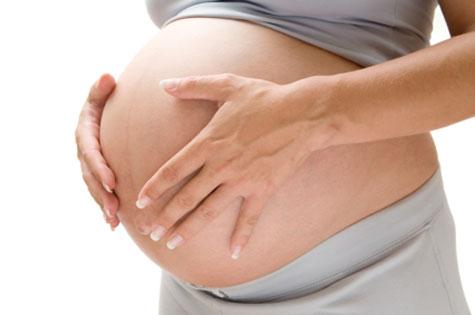Contrary to common belief, it’s not the mother’s status, race or ethnicity that necessarily determines a baby’s birth weight – it’s the health of the mother.
A new study, Intergrowth-21st, discovered that babies delivered to healthy mothers around the world had an amazingly similar size and weight.
These findings, reported by Oxford University researchers, were determined by examining nearly 60,000 pregnancies in urban areas in India, China, Brazil, Kenya, Oman, the UK, USA and Italy.
There is a wide range of birth weight and size of babies across the globe, which has a significant impact on future health.
Mothers from poor families are already undernourished, and delivering a small baby who is undernourished at birth poses serious health consequences for the long term.
According to the United Nations Food and Agriculture Organization, almost 870 million people were suffering from chronic undernourishment in 2010 to 2012.
Lead author Professor Jose Villar of the Nuffield Department of Obstetrics & Gynecology, University of Oxford and colleagues showed that it is not race or ethnicity that is the precursor for low birth weight, but rather the health and nutrition of the birthing mother that determines a baby’s birth weight, regardless of which part of the world she resides in.
“Currently we are not all equal at birth. But we can be. We can create a similar start for all by making sure mothers are well educated and nourished, by treating infection and by providing adequate antenatal care,” said Villar.
“Don't tell us nothing can be done. Don't say that women in some parts of the world have small children because they are predestined to do so. It's simply not true.”
In 2010, an estimated 32.4 million babies were born already undernourished in low- and middle-income countries, which represents 27% of all live births globally.
This is closely associated with illness and death in infancy and childhood. Small size at birth has an impact on adult health too, with increased risks of diabetes, high blood pressure and cardiovascular disease.
Smaller babies also result in substantial costs for health services and a significant economic burden on societies as a whole.
Part of the problem in starting to improve pregnancy outcomes is that fetal growth and newborn size are currently evaluated in clinics around the world using at least 100 different growth charts.
In other words, there are no international standards at present for the fetus and newborn, while such standards do exist for infants and children.
"This is very confusing for doctors and mothers and makes no biological sense. How can a fetus or a newborn be judged small in one clinic or hospital and treated accordingly, only for the mother to go to another city or country, and be told that her baby is growing normally," said Professor Stephen Kennedy, University of Oxford, one of the senior authors of the paper.
The final aim of the Intergrowth-21st study is to construct international standards describing optimal growth of a baby in the womb and as a newborn – standards to reflect how a baby should grow when mothers have adequate health, nutrition and socioeconomic status.
The Intergrowth-21st results fit perfectly with the existing WHO standards for infants. The mean length at birth of the newborns in the Intergrowth-21st study was 49.4 ± 1.9 cm, compared with 49.5 ±1.9 cm in the WHO infant study.
Professor Zulfiqar Bhutta, from The Aga Khan University, Karachi, Pakistan and the Hospital for Sick Children, Toronto, Canada, who is the Chair of the Steering Committee of this global research team says, "The fact that when mothers are in good health, babies grow in the womb in very similar ways the world over is a tremendously positive message of hope for all women and their families."
“But there is a challenge as well. There are implications in terms of the way we think about public health: This is about the health and life chances of future citizens everywhere on the planet.”
“All those who are responsible for health care will have to think about providing the best possible maternal and child health,” said Professor Bhutta.
Key points from the study:
- Babies' bone growth in the womb and their length and head circumference at birth are strikingly similar the world over – when babies are born to educated, healthy and well-nourished mothers.
- Overall, no more than 4% of the total difference in fetal growth and birth size could be attributed to differences between the eight populations in the study.
- Improving the education, health and nutrition of mothers everywhere will boost the health of their babies throughout life within the next generation.



















__small.png)










